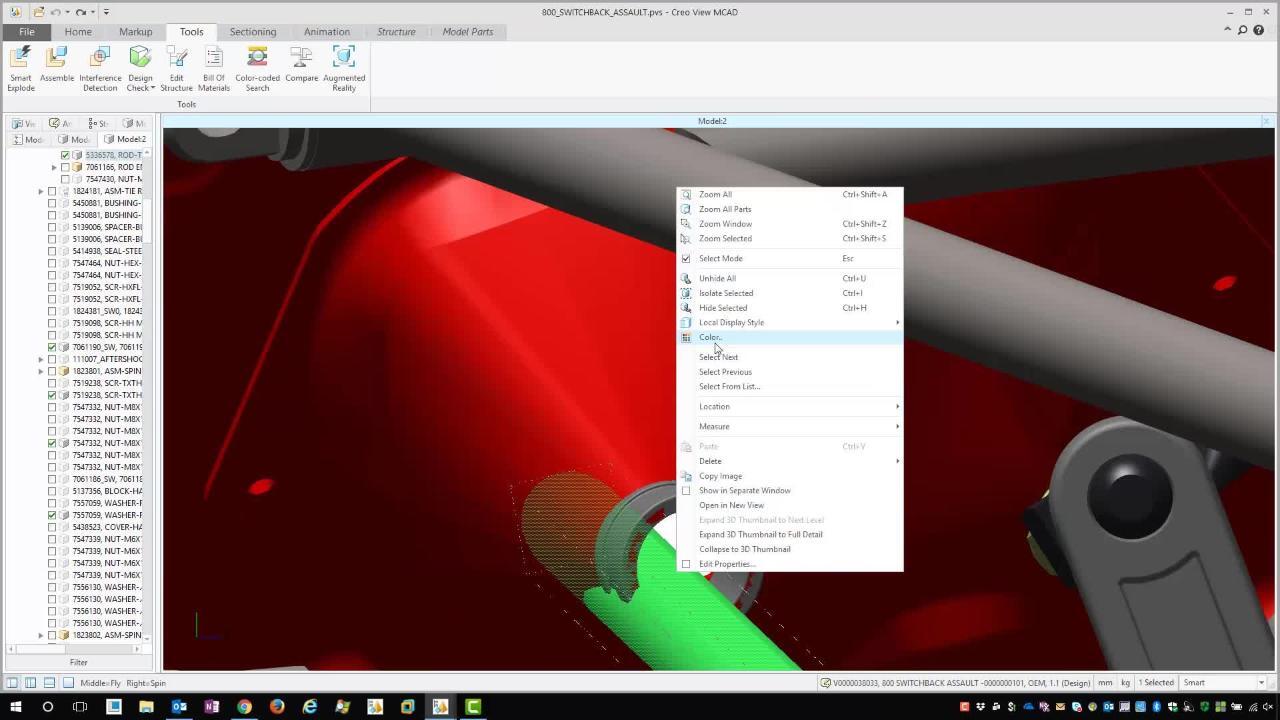Model-Based Enterprise (MBE)
Manage all your CAD programs with an enterprise visualization focus on model-based definition (MBD) and model-based enterprise as the backbone of the digital thread.
Benefits of model-based enterprise (MBE)
Model-based enterprise (MBE) offers numerous benefits that address the challenges restricting product development. By relying on digital models as a single source of truth, MBE eliminates missing or misinterpreted information, promoting clarity and reducing errors. The use of 3D models enhances traceability throughout the product lifecycle, enabling better change management and decision-making. MBE minimizes duplication of effort by providing a centralized platform for collaboration and communication among teams. It replaces the reliance on physical prototypes and text-based specifications, saving time and costs. With improved cross-functional collaboration, MBE ensures higher-quality outcomes, streamlined processes, and accelerated time to market, making it a transformative approach in modern product development.
Reduced delivery time
MBE optimizes workflows, minimizes bottlenecks, and streamlines communication, resulting in faster product development cycles and reduced time to market.
Improving Asset and Service Efficiency
The industrial IoT helps you do more with less. Asset health monitoring, remote diagnostics and predictive maintenance drive efficiency and cut downtime.
Support Revenue Growth
The IoT boosts production flexibility and agility, supports consumables monetization, and can even enable new product and service offerings.
Improve Customer Satisfaction
The IoT accelerates service and cuts customer downtime. It also keeps supply chains moving, and harnesses usage data to improve product design.
Harness the capabilities of model-based enterprise
Integrate model-based enterprise (MBE) into your product development process with the following PTC software:
Creo
This is PTC's comprehensive computer-aided design (CAD) software used for creating and managing the 3D models that serve as the foundation for MBE.

Windchill

Creo View

Geometric Dimensioning and Tolerancing (GD&T)

How is model-based enterprise used?
MBE is revolutionizing traditional manufacturing practices by leveraging 3D models to convey information throughout the product lifecycle. Engineers and designers can easily learn Creo’s fundamental tools to get started on their model-based definition (MBD) and MBE journey. Creo even has additional tools to help ensure compliance with new ASME and ISO standards, including geometric dimensioning and tolerancing (GD&T).
Explore Creo's capabilities and experience the benefits of MBD and MBE.
